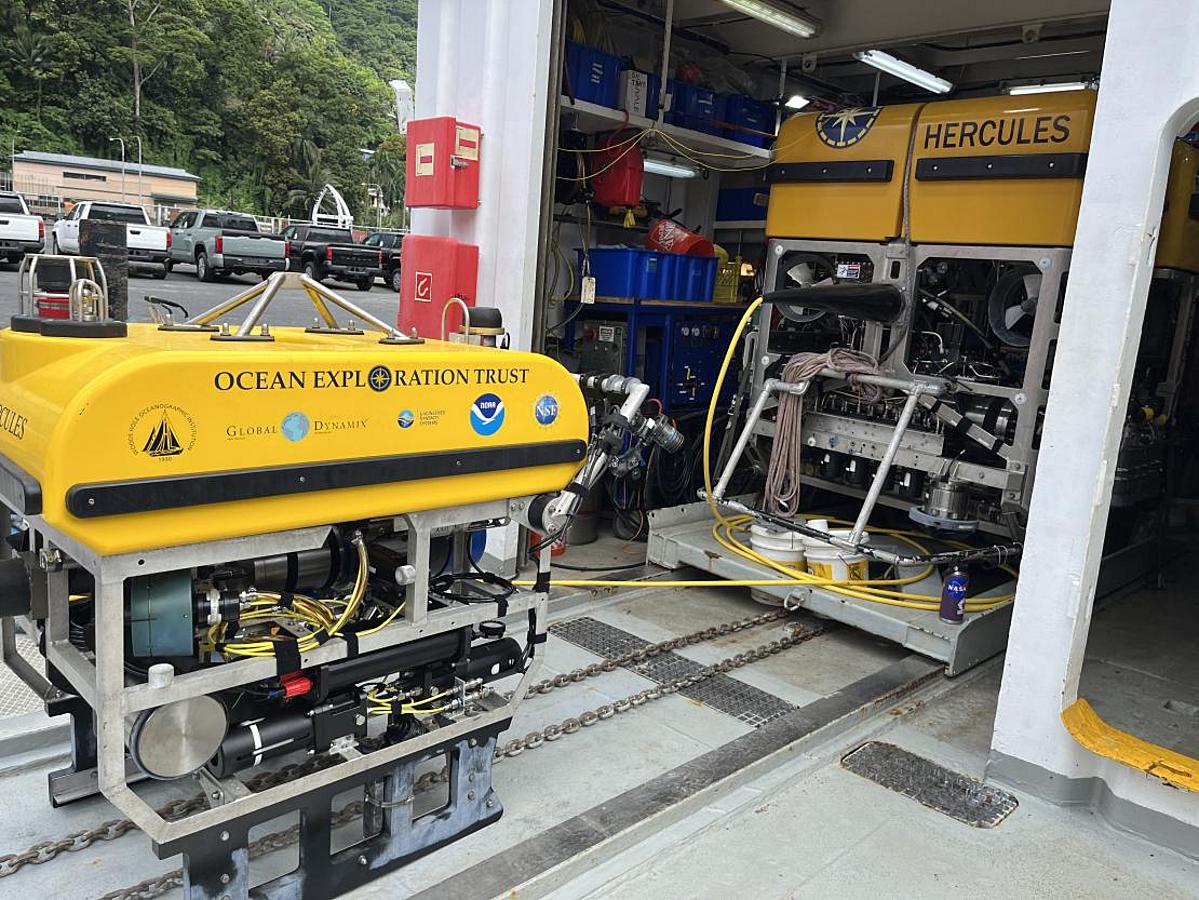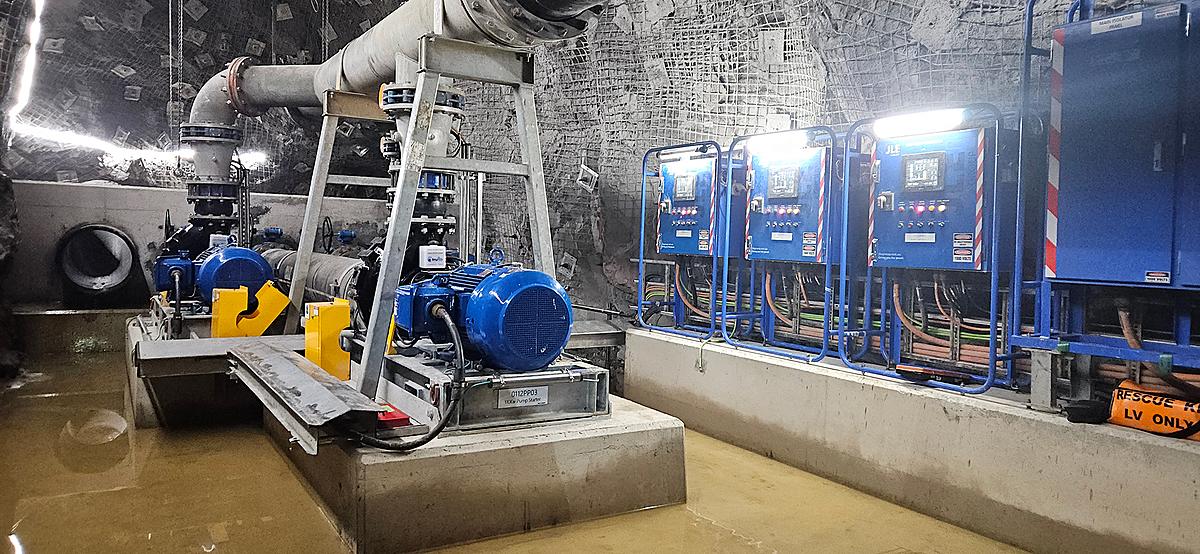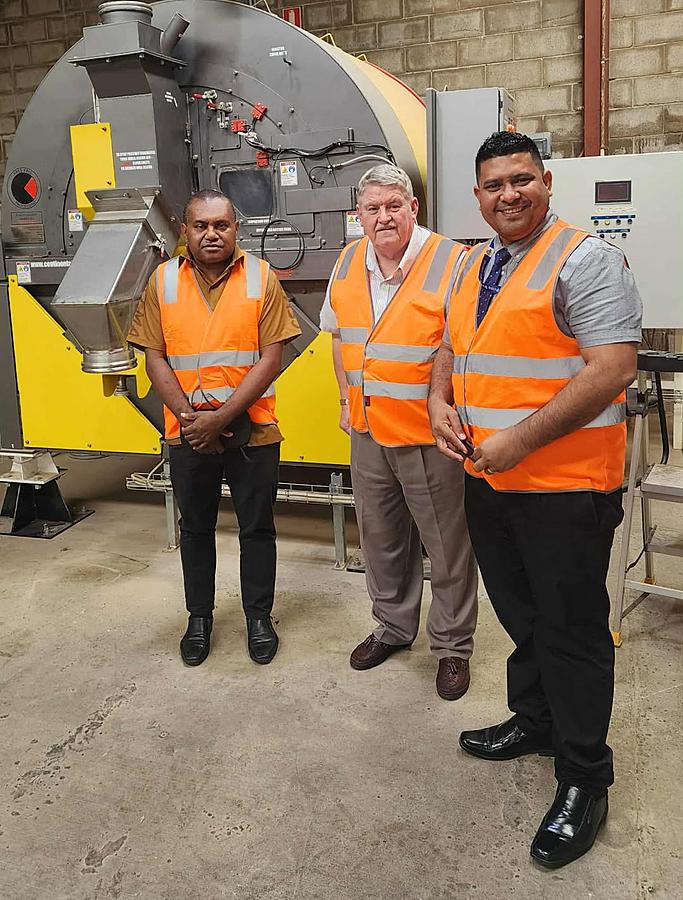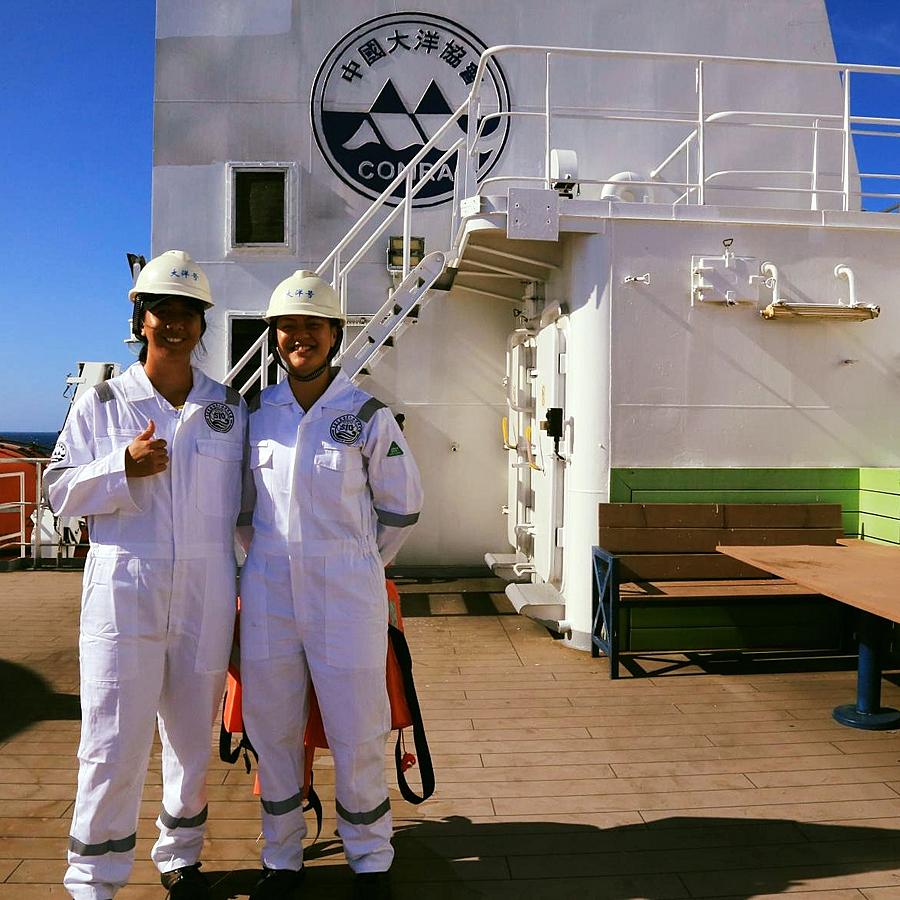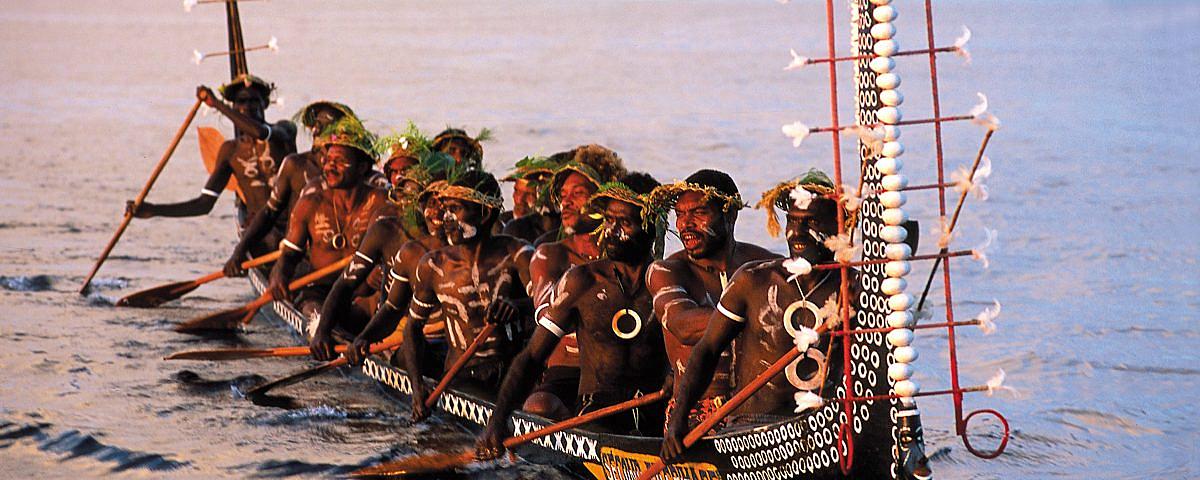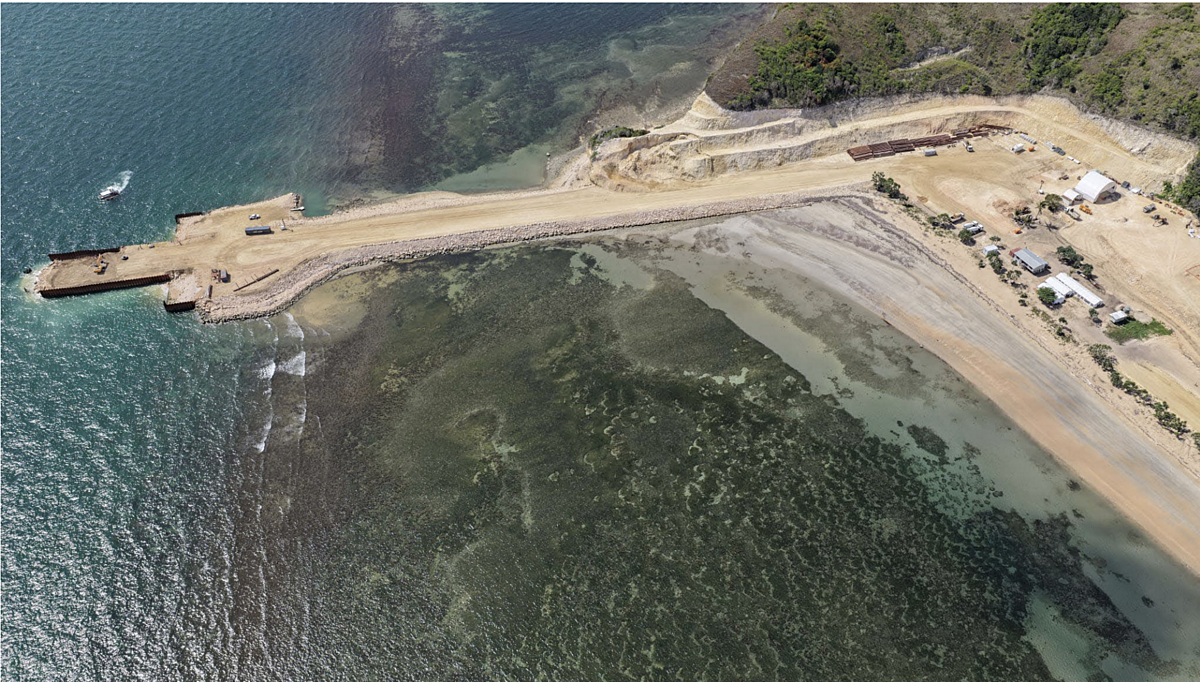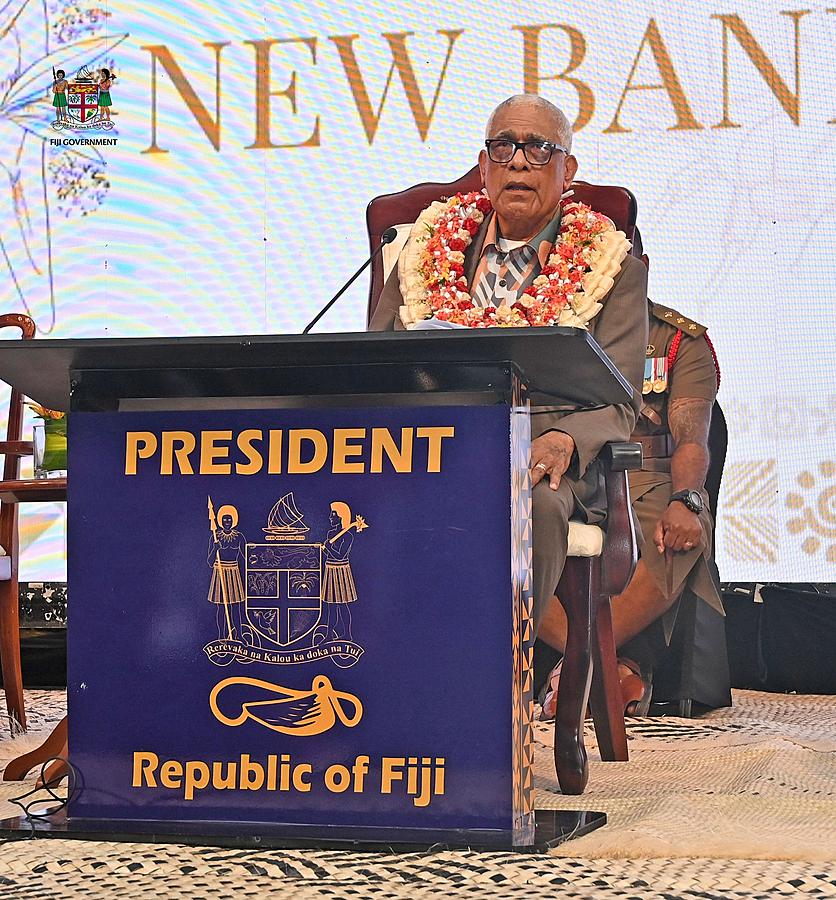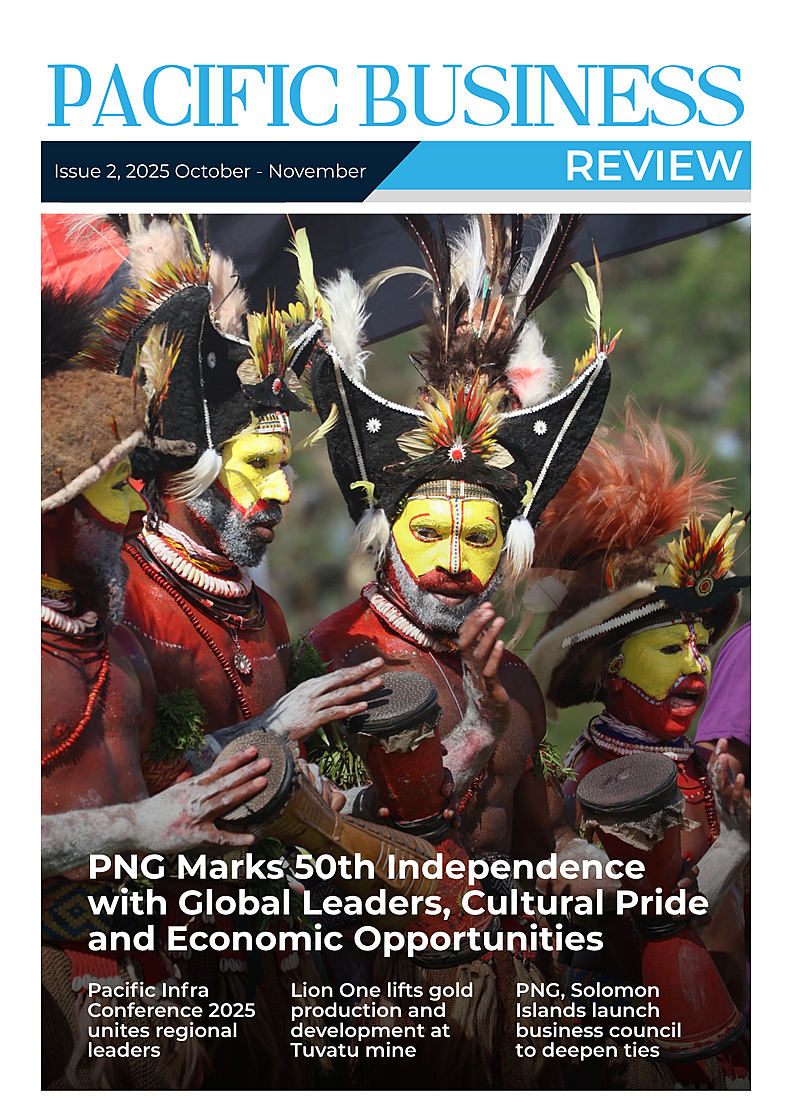The exploration vessel Nautilus has begun an ambitious deep-sea mission to study the hidden ecosystems of the Cook Islands’ Marae Moana, deploying a groundbreaking 4K camera system that promises to reveal the ocean depths in unprecedented clarity.
For the first time, scientists are testing the MxD SeaCam, an ultra-high-resolution camera developed by DeepSea Power & Light in collaboration with the Monterey Bay Aquarium Research Institute. Encased in a titanium housing, the camera can capture crystal-clear imagery at depths reaching 5,500 metres, where sunlight fades and water pressure is immense.
“This is more than new tech — it’s about seeing Marae Moana in ways never possible before,” the Nautilus team said. “Every image helps our scientists identify deep-sea corals, sponges, and habitats that make our ocean unique.”
The camera is being tested aboard E/V Nautilus using remotely operated vehicles (ROVs) Hercules, Atalanta, and Little Hercules, as the team explores seamounts and abyssal plains across the Cook Islands’ vast marine territory.
Prime Minister Engages Live with Scientists at Sea
Cook Islands Prime Minister Mark Brown, who is the concurrent minister Responsible for Seabed Minerals, joined the expedition team via a live ship-to-shore interaction on Day 16 of the Deep-Sea Habitats of the Cook Islands Expedition (NA176).
Connecting in real time from Rarotonga, Brown spoke with Dr John Parianos and Tanga Morris Jr of the Seabed Minerals Authority (SBMA) Knowledge Management Division, Michael Parrish of the Ministry of Marine Resources, and Dr Antony Vavia.
Together, they discussed life at sea, recent discoveries within Marae Moana, and the importance of building Cook Islands’ capacity in deep-ocean science and stewardship.
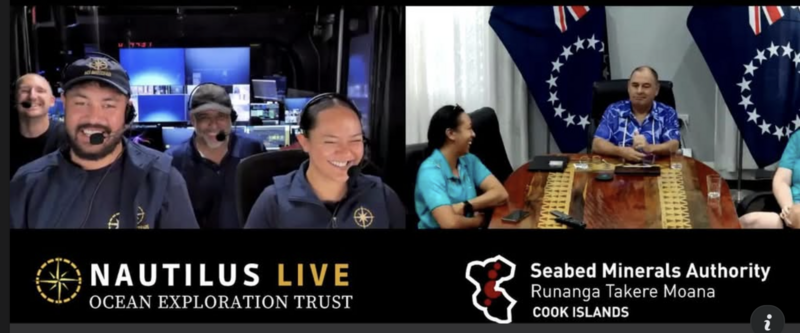
Mapping the Unexplored Depths
The Ocean Exploration Trust (OET), with support from NOAA Ocean Exploration through the Ocean Exploration Cooperative Institute, is leading the 21-day mission — the final Nautilus expedition for 2025. The project was developed in close partnership with the Cook Islands Government and the Cook Islands Seabed Minerals Authority, following a formal request for U.S. scientific collaboration.
Located in the South-Central Pacific, the Cook Islands comprise 15 islands surrounded by nearly 2 million square kilometres of ocean — most of it still unmapped and unexplored. This deep-sea region includes vast abyssal plains, plateaus, and seamounts, forming part of Marae Moana, the Cook Islands’ large-scale marine managed area established to balance environmental protection with economic development.
Cutting-Edge Exploration
Aboard E/V Nautilus, the international science team — including six participants from the Cook Islands — will document seabed and biological diversity across the Manihiki Plateau and surrounding abyssal plains. Surveys will use ROV Little Hercules and ROV Atalanta for high-resolution imaging at depths between 4,500 and 5,500 metres, while ROV Hercules will operate at shallower depths of 1,500 to 3,800 metres to collect environmental data and physical samples.
During the expedition, both Hercules and Little Hercules will be equipped with the MxD SeaCam for field testing. The innovative 4K system integrates a Sony HDC-50 broadcast camera and a borosilicate dome, engineered to perform reliably in extreme subsea conditions.
“Collaborations like this showcase E/V Nautilus as a test platform for new technologies,” the OET said, noting that such projects highlight NOAA’s commitment to advancing ocean exploration through public–private partnerships.

Bringing the Ocean to the World
The entire expedition is being streamed live on NautilusLive.org, allowing audiences worldwide to follow the journey in real time. Using telepresence technology, viewers can engage with the crew, ask questions, and gain behind-the-scenes insights via social media and classroom connections.
Free educational Q&A sessions are also being offered to schools across the globe, providing a unique opportunity to interact directly with the scientists and engineers aboard.
This expedition marks the culmination of E/V Nautilus’s 2025 field season, which comprised six missions aimed at strengthening global understanding of the deep ocean. Data from these voyages will contribute to major international initiatives such as Seabed 2030, Beyond the Blue: Illuminating the Pacific, and the U.S. National Strategy for Ocean Mapping, Exploration, and Characterization.
Through open access to all collected data, NOAA and OET hope to build upon decades of deep-sea research — ensuring that the Cook Islands’ Marae Moana continues to inspire both scientific discovery and sustainable stewardship.

